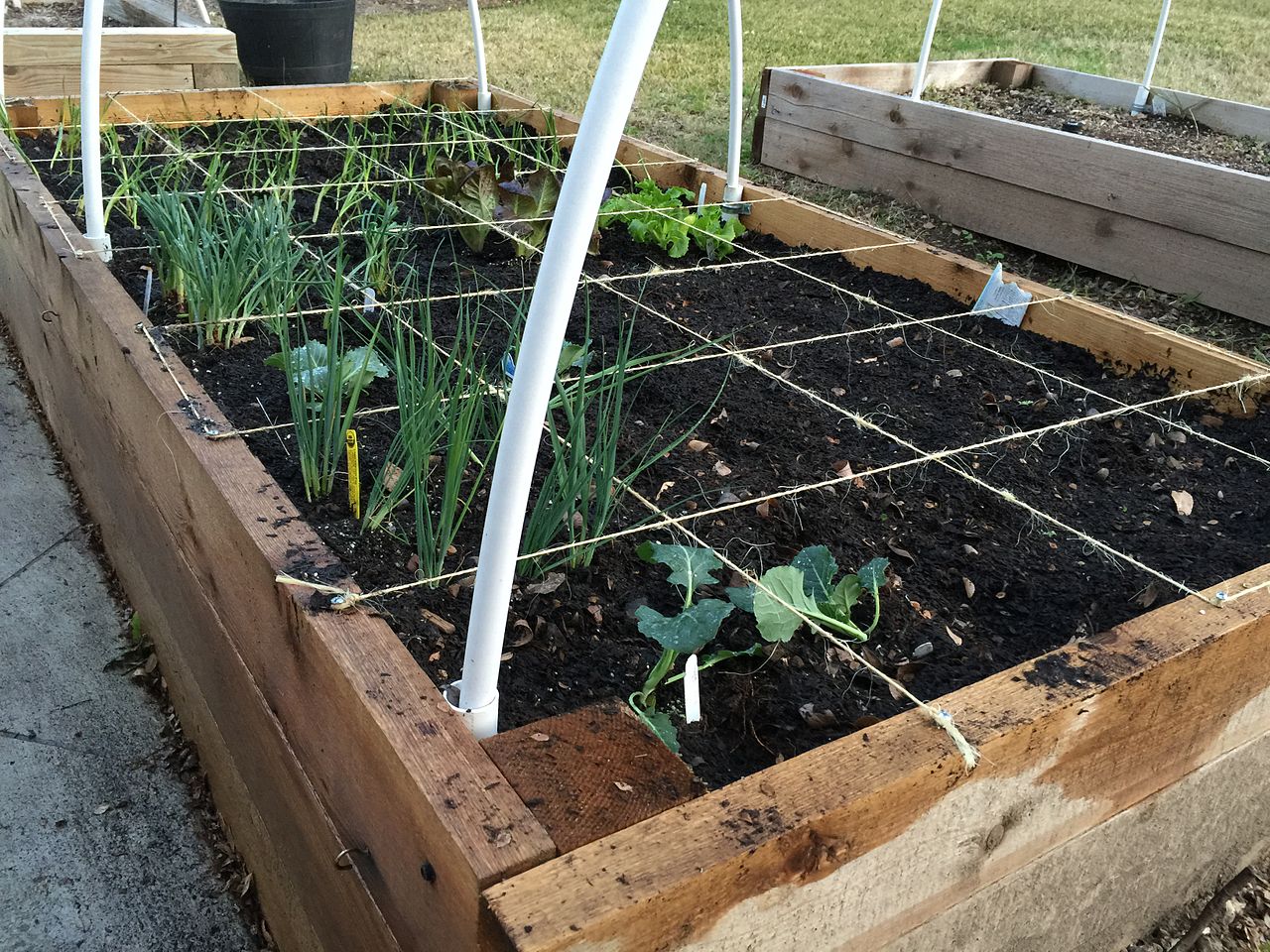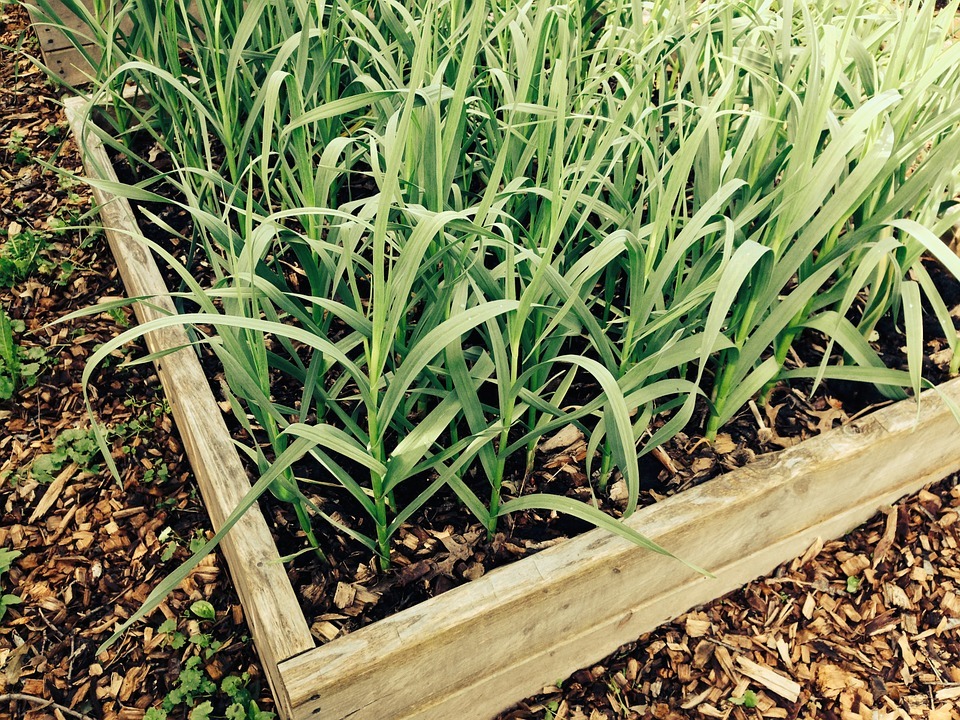You would be lying to yourself if you say you have never thought of growing your food in your own backyard, well, not at least once. All of us have ‘fantasized’ it – producing and eating our own homegrown veggies and herbs without having to deal with all the hassle at the supermarket. Basically, with a considerably large area, we can, but what if we live in such a small space? Does this mean we’re on a dead-end? Luckily, there’s a revolutionary gardening approach that can make this possible.
In a nutshell, square foot gardening is a gardening approach that entails companion planting, intensive spacing, and maximizing the most yield possible out of the given space. It utilizes raised beds made of either wood, plastic, or fabric. These garden beds are divided into ‘squares’ using strings, sticks, pipes, or just imaginary lines where seeds are planted accordingly while considering healthy spacing.
As a 1980’s innovation by Mel Bartholomew, a green thumb and an urban planner, this gardening approach was conceptualized as a clever, more effective way to produce food with lesser space and minimal expenses than the traditional single-row gardening. Bartholomew thought of innovating ways of sourcing food, especially in the farmland, as more and more crises tend to threaten food security worldwide.
Aside from solving world hunger (which is a greater goal of this approach), the benefits we can get in square foot gardening as an individual household are astounding. Through this approach, we can:
- Predict the exact amount of food that you can harvest
- Eliminate the threat of weeds (through compact spacing) and pests (though companion planting)
- Reduce the amount of maintenance work and effort
- Access our plants easily (due to the 4×4 garden bed standard measurement)
- Reduce food expenses
- Save space
- Improve our homestead’s aesthetics
Whether you’re a seasoned gardener or just a gardening newbie, we all can definitely try this. Here’s a simple starter pack to kick-start your first square foot garden.
PLANNING IT
The hardest step in every project is how to start it in the first place. Thus, careful planning is essential to avoid backlash and accidental changes and expenses along the way. You must consider these in the beginning stages. Plot your garden on a sheet of paper before actually working on it. This will help you visualize the bigger picture, and it will be easier to put everything in its right places once you are ready.
LOCATION
Keep in mind how much space you have and where you plan to place your garden. This will determine the dimensions of your raised beds. Take into consideration the shade and the amount of sunlight in that area. It is vital to your plants’ growth and nourishment.
RAISED BEDS
Raised beds are a key element in square foot gardening as it houses the seed of your soon to be harvested. As mentioned above, the standard measurement for a raised bed is 4 by 4 feet to allow easy access to each squares. If you have enough space, you can even have a 4-by-8-foot raised bed giving you more rooms to plant. These can be purchased online or at your local stores. But since this is the Do-It-Yourself (DIYs) era, you can opt to build your own instead.
KNOWING THY SOIL
Examine your soil. Note that some soils may not as nutritious as you expect them to be. Mel Bartholomew suggested that a garden must be a three-part system: 1/3 compost, 1/3 peat moss (or coir fiber), and 1/3 vermiculite. The healthier your soil, the better your produce will be.
MIX-AND-MATCH
Think about what plants you plan on growing. Whether you plan on growing veggies, herbs, and/or berries purely, assuming that all of them are edible, the next step will be to identify which plant goes together well and those that don’t. A technique known as companion planting can be very useful in your project. Companion planting is simply put, mixing and matching plants. Some plants just don’t get along, and some bring the best out of each other. There are also plants that, when paired with another type, can serve as natural pest-repelling agents.
THE DIRTY WORK
Raised beds are divided into squares (grid) where seeds can be sown. This grid can be cross-hatched, thin slats of wood (lath) placed atop the raised beds to designate planting areas for plants’ varieties. Bore holes on each square in a grid-like fashion and sow the seeds in each hole while keeping in mind the type and the number of plants you need for each square. Allow a safe and healthy space for each seed to maximize its growth potential. When planting, always use various plants (that go well with one another) since using the same type of plant increases the likelihood of attracting pests.
KEEPING THE PACE
Once your garden is established, there will be no real effort to maintain it, but you have to be keen anyway. The square foot garden requires frequent watering and less to no weeding. In no time, you will see the wonders of your creation and start reaping the literal fruits of your labor.
Square foot gardening is an ideal approach to sourcing food, especially in the advent of global crises such as this pandemic, which slapped us the reality of the threat to food security. And even without this threat, this gardening method improves so many aspects of our life. It helps curb our food expenses and saves us from the hassle of the busy streets and assures us that our food is safe and chemical-free. It also gives us confidence since we can be self-sufficient while enjoying a healthy living.


